When scientists first managed to reach the very bottom of the ocean's depths in 1977, they were taken aback at one of the most surprising discoveries of the 20th century: Devoid of any form of sunlight, with thousands of pounds of pressure that could crush a human in a heartbeat,and with freezing temperatures, they found life thriving around hydrothermal vents.
The will to live was apparently stronger than anyone had initially guessed, like Jeff Goldblum stated in Jurassic Park, "Life, uhhhhhhhhhhh, finds a way" — the possibilities were limitless.
Where there shouldn't have been anything, there was a whole community of animals cluttered around this heated vent. These animals were surviving without energy from our sun, they were taking all of their food directly from the geothermic energy of the Earth's molten core.
No longer is it a requirement to have sunlight, warmer temperatures, or even oxygen to create life. What these extremophile animals mean for the possibility for life on other planets is exciting everyone from science fiction fans to astrobiologists everywhere. As our eyes search the heavens for exoplanets, it turns out that there could possibly be alien animals under Jupiter's ice moon of Europa, or Saturn's Titan.
As the years have gone by we've discovered more and more animals that simply should not be alive. Whether it be them living in highly poisonous or alkaline high waters, freezing temperatures on the Earth's Poles, or even outer space. These extremophiles have completely changed the definition on what "normal" living arrangements are needed to create life.
Check out our list of some of the most amazing eExtremophiles on Earth, and let us know your thoughts on possible alien life in the comments!
And please SHARE these extreme animals with your extreme friends!
Dunaliella algae
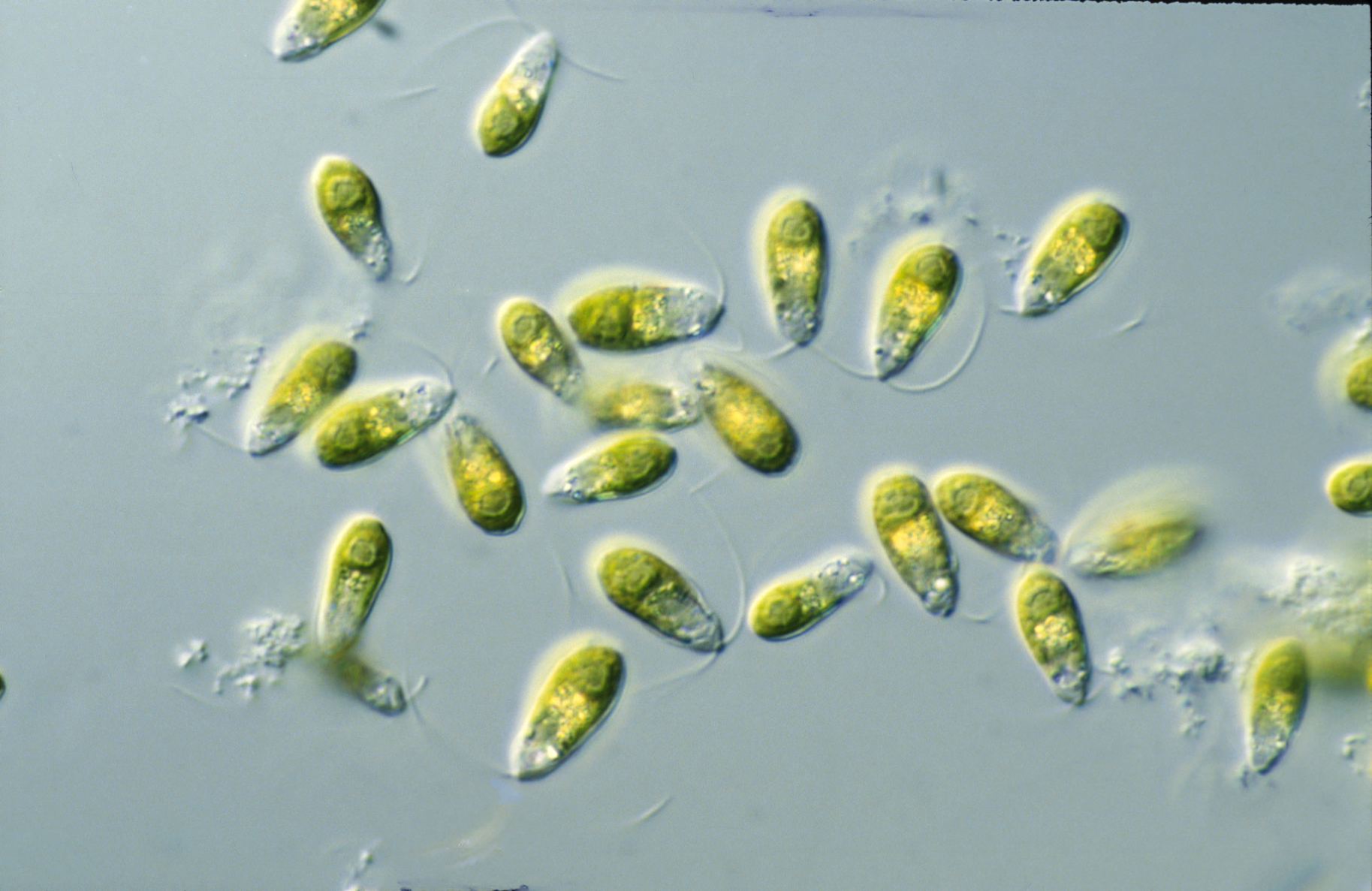
Discovered in 2010 in Chile's Atacama desert, this algae survives in one of the driest places on Earth. These tiny microbes grow on top of spiderwebs, surviving simply on the dew that condenses on the web each morning.
Antarctic Krill
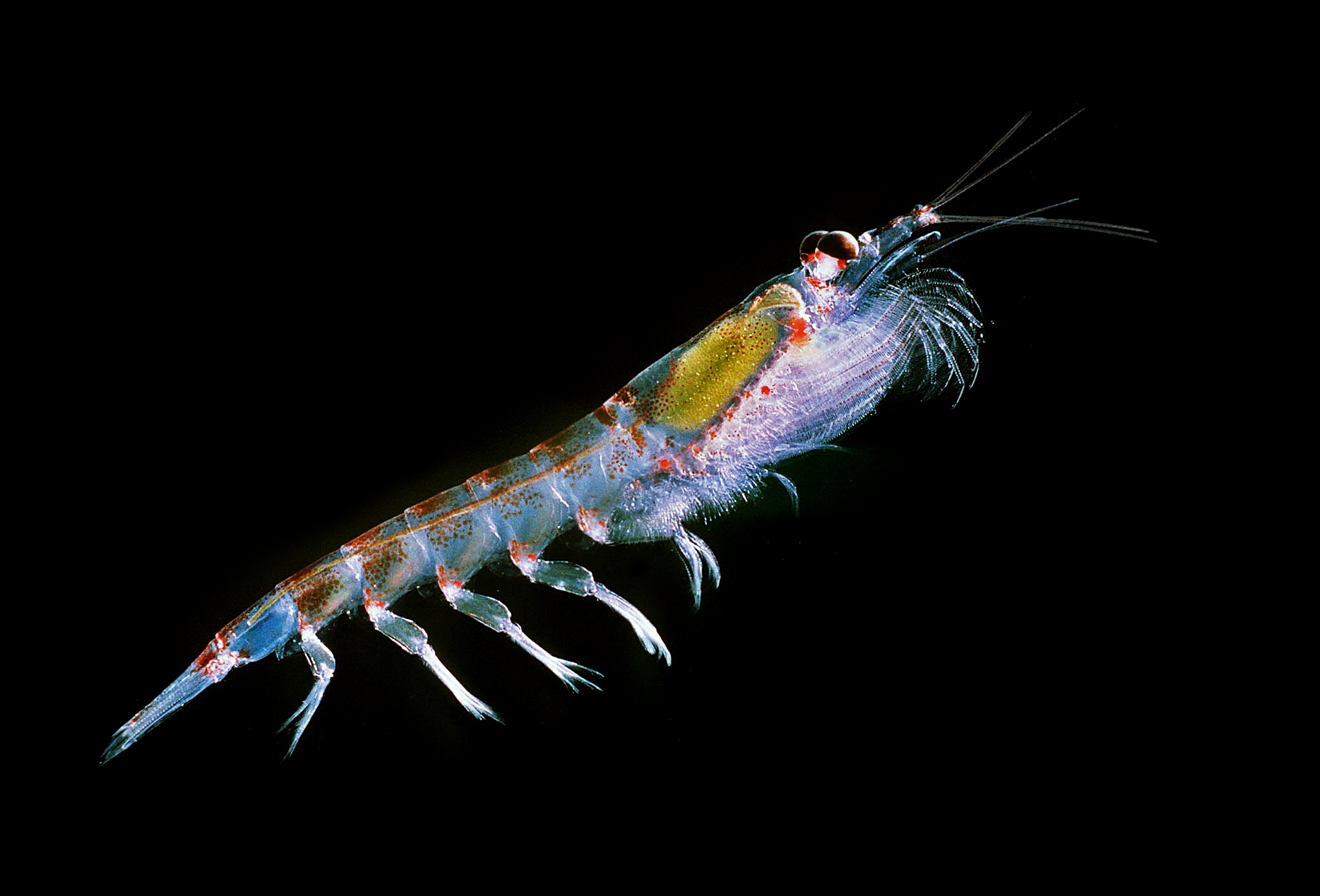
These tiny crustaceans appear to look like any other krill found anywhere else on the planet. But these rice-sized little guys mass together in such huge quantities (over 500 million tons worth) and somehow survive in the coldest water on the planet.
Giant Tube Worm
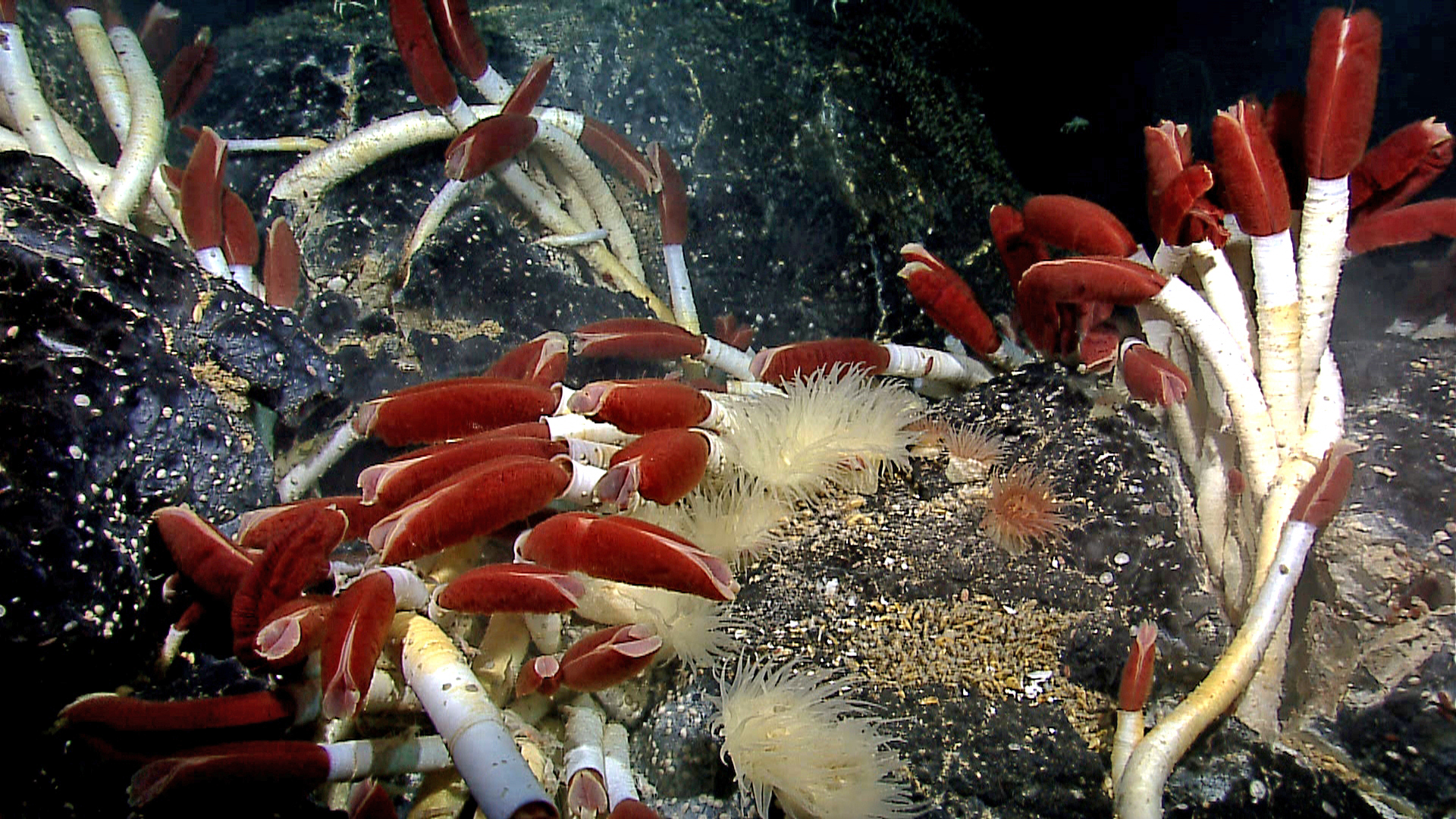
Living several miles deep underwater, these worms congregate near hydrothermal vents at the bottom of the ocean. It can take up to 250 years for one of these odd creatures to grow to its adult size of eight feet long. Except for the oxygen provided by photosynthesis, these beautiful creatures are nearly entirely self-sufficient from the sun.
Loricifera
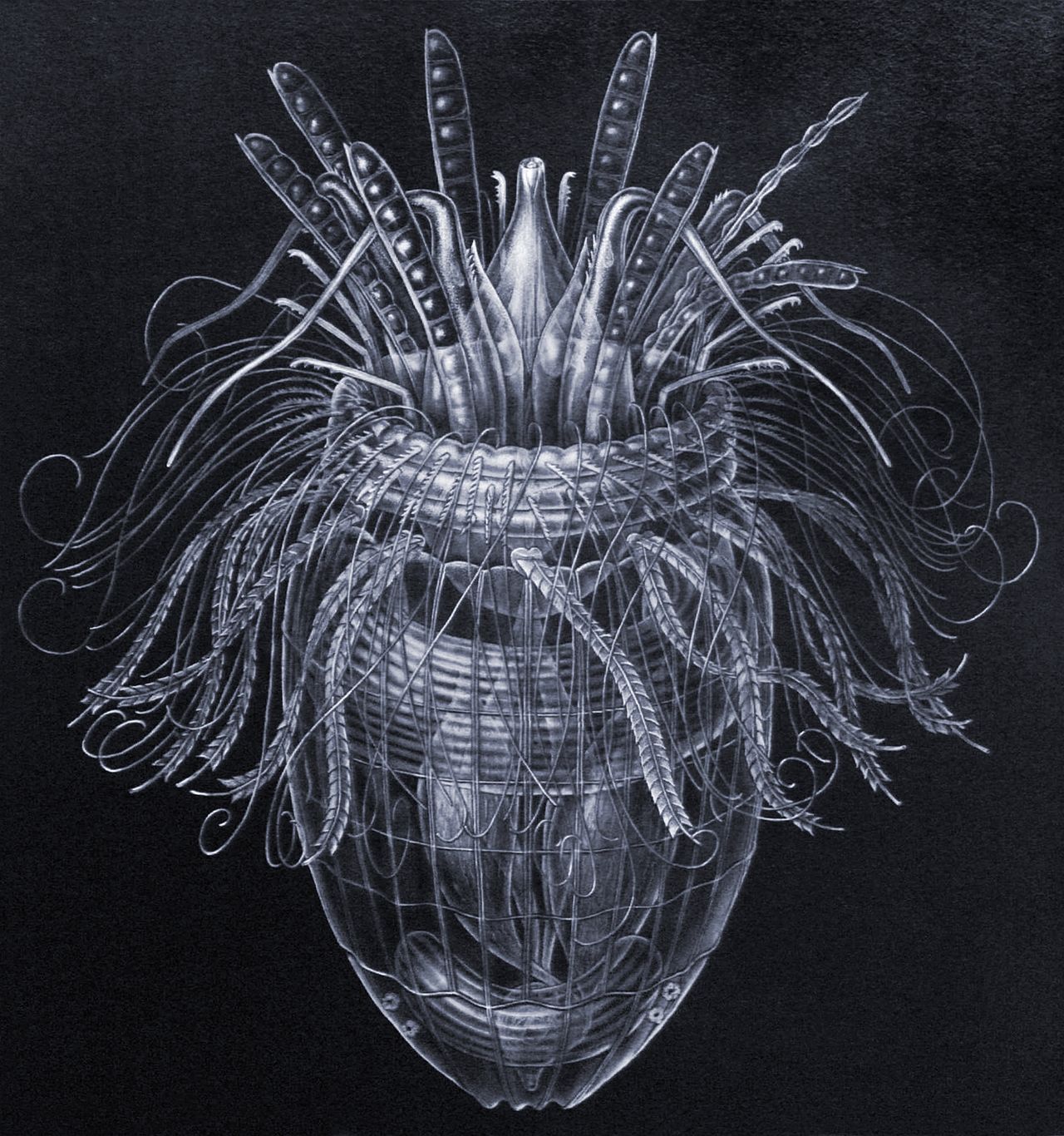
Discovered in 1983, these microscopic animals live at the bottom of the Mediterranean Sea. They're the first multicellular organisms known to spend their entire lives in an oxygen-free environment. The environment they live in is completely salt-saturated and anoxic environment.
Click the NEXT page to see the bear who lived in space!
Strain 121
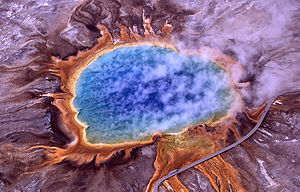
Hyperthermophiles are organisms that can survive and reproduce in environments of up to 250 degrees. The ring of yellow around the bubbling pools at Yellowstone National State Park are created by these odd organisms. Strain 121 can actually survive even hotter temperatures, reaching as high as 266 degrees!
Grylloblattidae
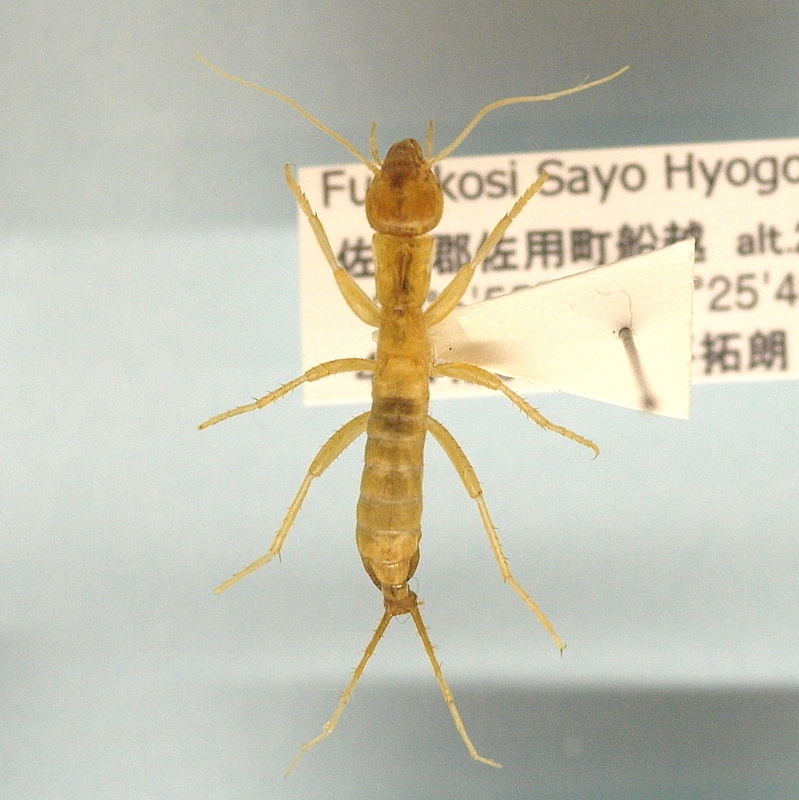
This wingless insect known as the "Icebug" is typically found in leaf litter in high altitude and extremely cold environments. They inhabit cold temperate forests as well as ice sheets.
Deinococcus Radiodurans
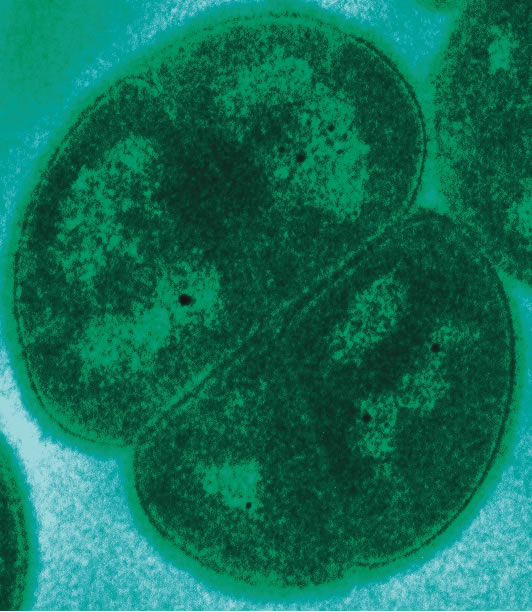
Where 10 grays of radiation can kill a human, and 1,000 grays of radiation kills a cockroach, this bacterium can survive 15,000 gray doses of radiation and keep on truckin'! Its resistance to cold, dehydration, vacuum, and acid has won this bacterium a Guinness world record for being the toughest out there!
Tardigrade
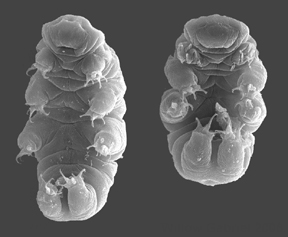
Also known as the "Water Bear" this powerful little creature can withstand temperatures ranging from absolute zero to well above the boiling point, radiation, pressures greater than the deepest ocean trenches, and even the vacuum of outer space. They can survive without food or water for over 10 years, drying up, only to get back on their plump legs to rehydrate and reproduce. Though not technically an "extremophile" because they didn't evolve in those conditions, they can survive whatever scientists throw at them!
Check out the NEXT page for a real thick-skinned extremophile!
Halobacterium Halobium
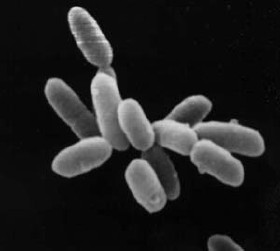
This organism can survive salt concentrations in California's Owens Lake. With levels of salt that would destroy most living things, this little bacteria has evolved to live in environments with salt content of over 10 times more salt than saltwater.
Bowhead Whale
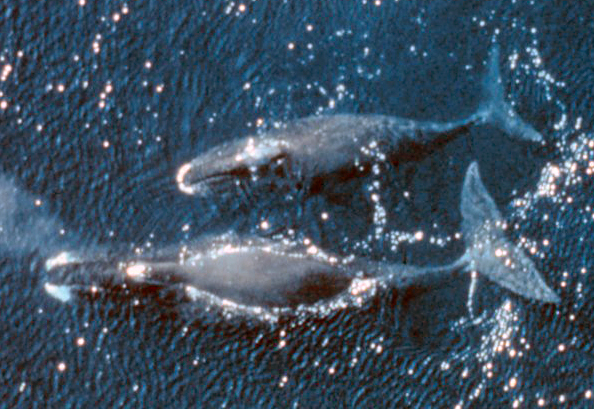
These whales have the thickest blubber of any animal, up to 20 inches thick, so they can survive the brutal waters of the Arctic seas. The cold waters slow the metabolism of the whales so much that their lifespans are extended, by some estimates, to be around 250 years.
Antarctic Scale Worm
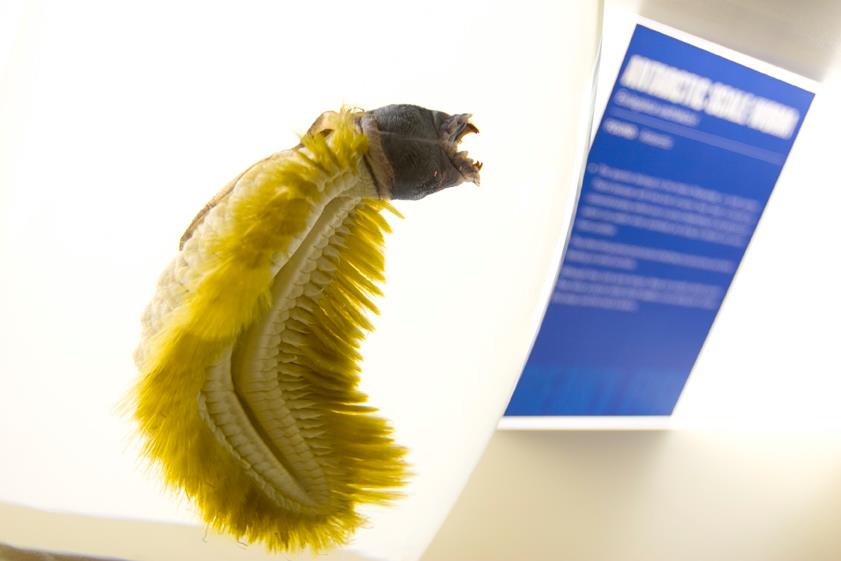
These terrifying looking extremophiles eat any food that's placed in front of them. These giant worms float around the freezing waters of the Antarctic, feeding on whatever they can get their big mouths on!
Endoliths
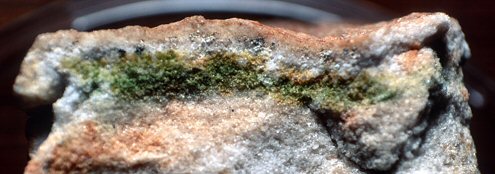
Some species of organisms actually live inside of rocks initially thought impossible to sustain life. Digging into small crevasses, some Endoliths have been found as deep as 2 miles below the Earth's surface.
Check out the NEXT page for the BIGGEST-EYED Extremophile!
Thermococcus Microbe

Living close to the tube worms near the hydrothermal vents on the ocean's floor, these tiny microbes survive on very little energy and scorching hot temperatures.
Antarctic Proboscis Worm
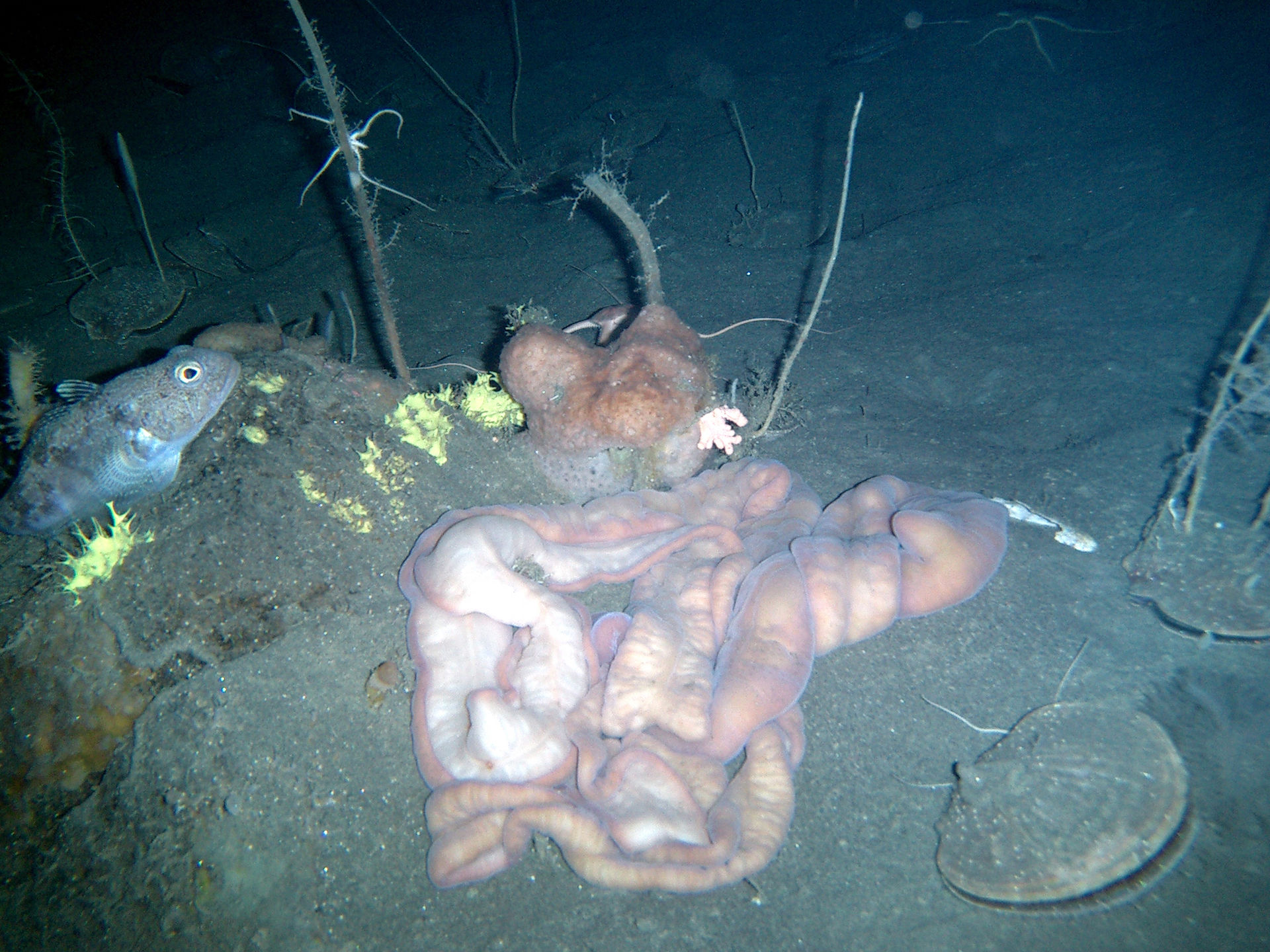
These worms can grow up to 7 feet long. They survive the freezing waters of the Antarctic by slowly moving and consuming a large amount of carrion.
The Pompeii Worm
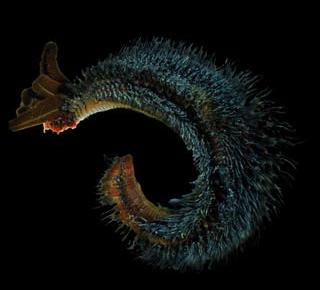
This guy keeps cool in the hottest of temperatures. Also hanging out near the hydrothermal vents on the sea floor, its body stays comfortable at a very warm 175º F. It's odd fleecy-like coat has a colony of bacteria that live symbiotically with the worm.
Colossal Squid
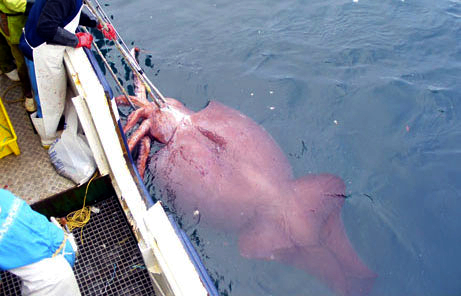
Initially thought to be a mythical creature, this legend was later proven to be factual! They can only thrive under massive amounts of pressure in the dark depths of the ocean. With eyeballs nearly a foot across, these behemoths are the most extreme extremophiles!
What do you think? Which was your favorite extremophile? Let us know!
And please SHARE these magnificent creatures with your extreme friends!




